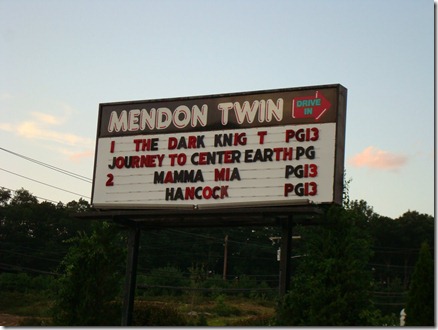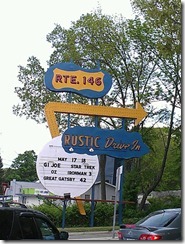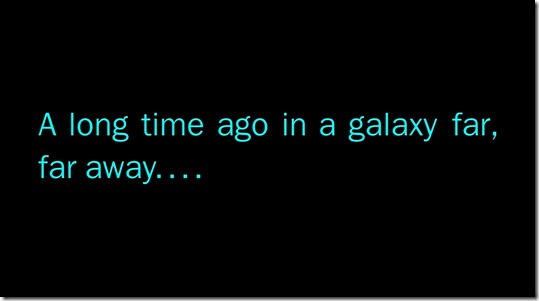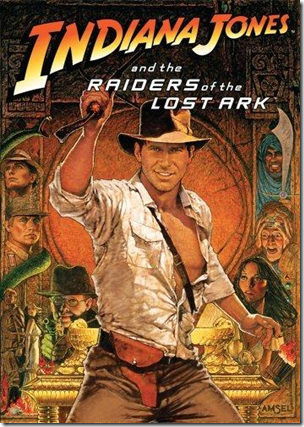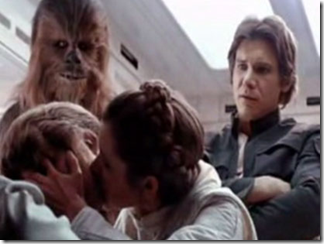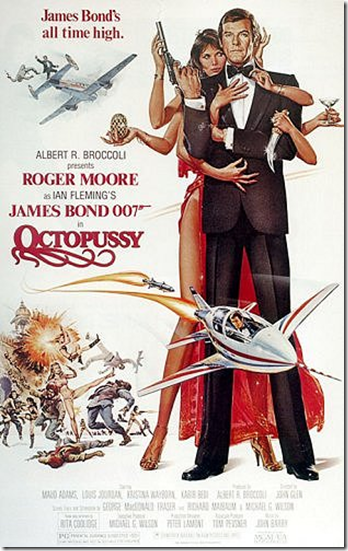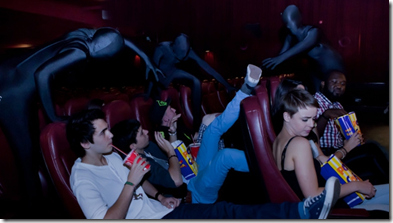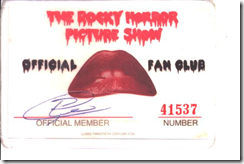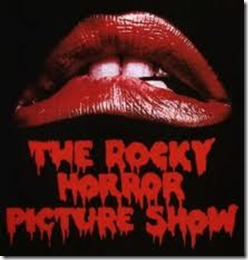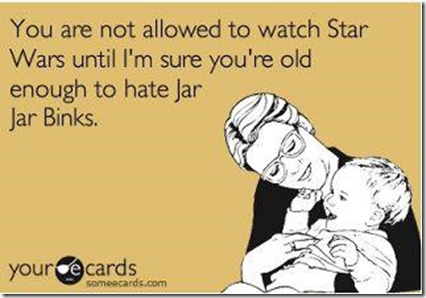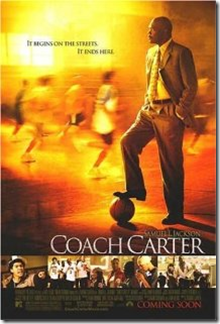I contacted the manager of the theater where my wife and I saw The Descendants on Valentines Day. I explained our experience in detail and spoke for quite a while about it.
In summary:
1. Rave, the company that owns the theater, does not have a policy prohibiting infants in any movies, regardless of time or subject matter.
2. Children under three do not pay for seats in the theater.
3. If a patron reports that a baby is disturbing the film, a manager will request that the parent remove the baby from the theater until he or she has quieted down. When I explained to the manager that all babies make some noise, even if it’s a cooing or a babbling, he said that some noises are more disturbing to patrons than others.
4. He also admitted that requesting that a baby be removed from the theater is a potentially volatile encounter. Just in the past week, he had been accused of racism and sexism in two separate incidents when asking a customer to remove a baby.
5. He rejected the idea of a policy against babies in the theater under any circumstances, claiming that the theater would receive too many complaints to make the policy sustainable. When I suggested that the fifty people who shared a theater with me on Tuesday night also had a complaint about the policy of allowing babies in the theater, he said, “But no one actually complained.”
Yes, I admitted, but only because people who leave their babies at home with babysitters are more civilized and rationale than those who bring their babies into movies. We sit in our seats, not wanting to miss a second of the film, hoping that a fellow audience member will compromise their viewing experience in order to complain. We pray that the baby will remain silent throughout the film. We rationalize our inaction by assuming that this is a once-in-a-lifetime event, thereby making any complaint after the fact irrelevant. We rush out of the theater with no time to seek out a manager because we have a babysitter at home and the clock is ticking.
We do not complain, but when we find out that this happens with regularity (as it apparently does based upon the manager’s comments), we don’t come back.
6. The manager offered me free passes, popcorn and soda to our next film. I asked if he would also reimburse the cost of babysitting. He declined.
In general, the manager handled the phone call well. The only time I became irate was when he rejected the notion that a no-baby policy would make his job easier.
Paraphrasing, he said that I am fortunate because I have the means to hire a babysitter and know people responsible enough to watch my child. But not everyone has the means to hire a babysitter or knows a capable babysitter who they trust, but they still have the right to attend a movie.
“Yes,” I said. “I have the means and access to a babysitter, but attending a movie is not a Constitutional right. If you cannot afford a babysitter or cannot find a babysitter, then you rent a movie at home. You don’t make fifty people suffer so that you can see The Descendants on the big screen.”
After hanging up the phone, I told my wife that this is not the end.
It’s only the beginning of my new crusade to expunge infants from movie theaters.
My first step is to contact the other movie theaters in the area and determine if they have policies regarding babies in the theater.
Next, I plan to contact the corporate headquarters of these companies and speak to someone in a position to change policy. I will argue my case and attempt to affect change.
I will also transform this blog post and the previous blog post into a piece that I will attempt to get published in print.
Yes, I have enough to do already, but this is a cause that is just and right. Excluding infants from movie theaters, even if the ban is predicated on the show time or rating of the film, will not only benefit moviegoers but will also help these infants, who do not need to be bouncing on parents laps at 9:00 PM, watching and listening to a rated R film.
The movie lover in me wants this policy changed.
The parent in me wants this policy changed.
The teacher in me wants this policy changed.
And I suspect that a great majority of moviegoers want this policy changed, too.
